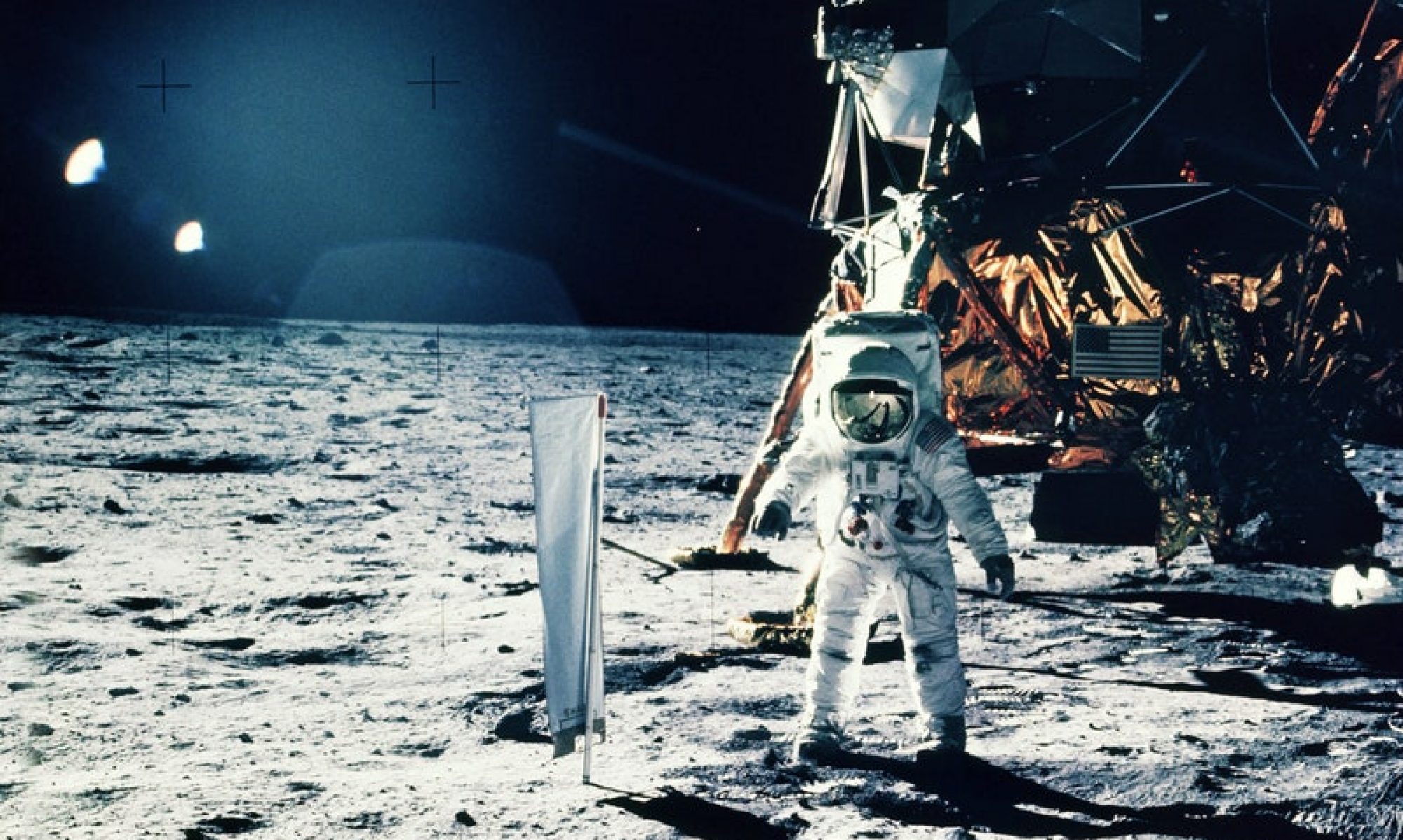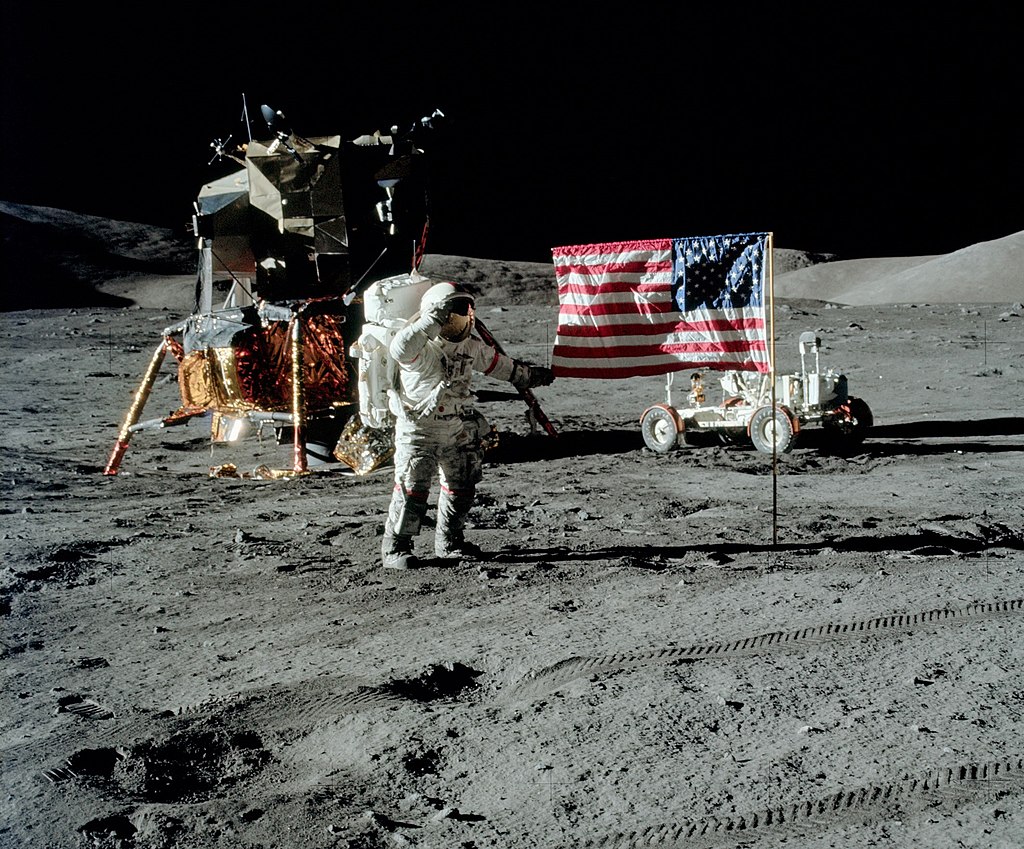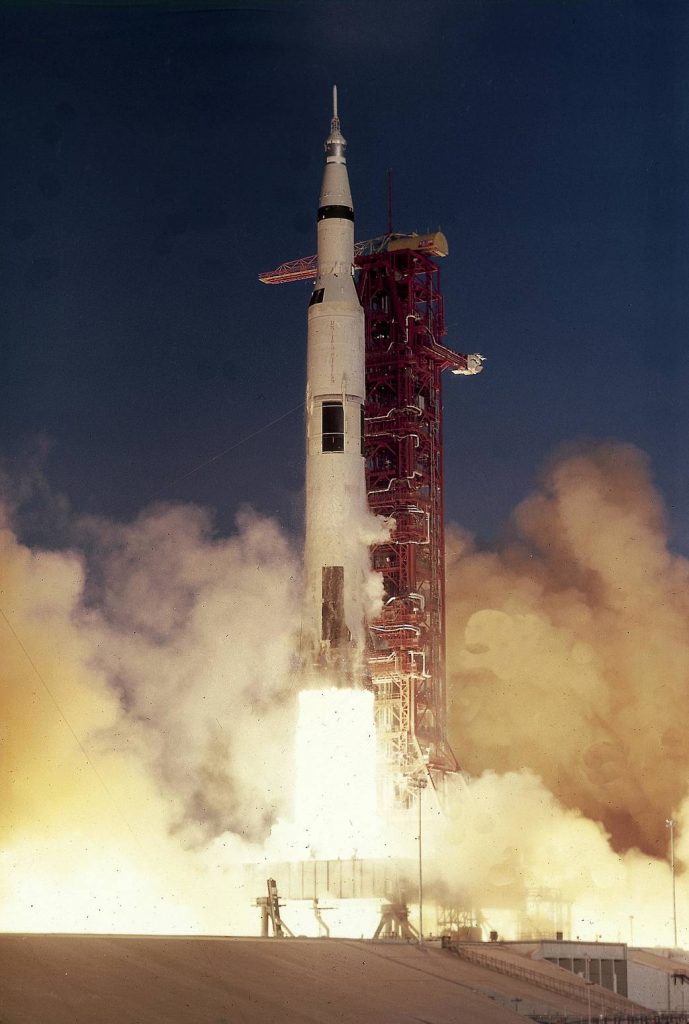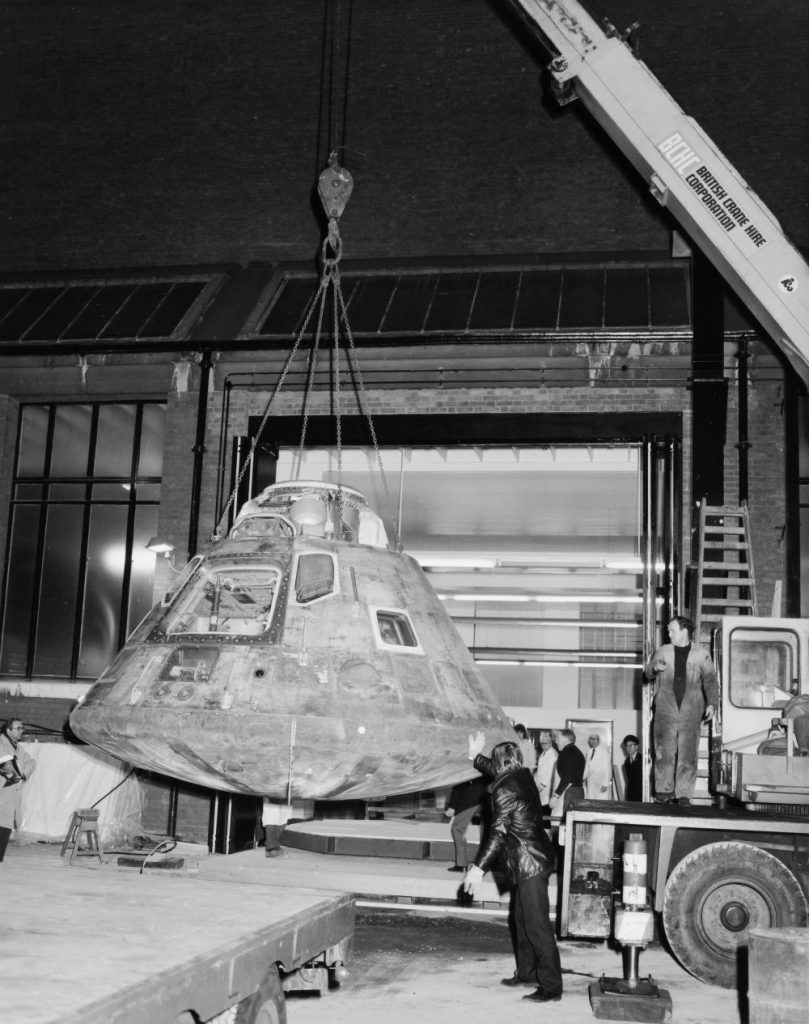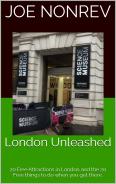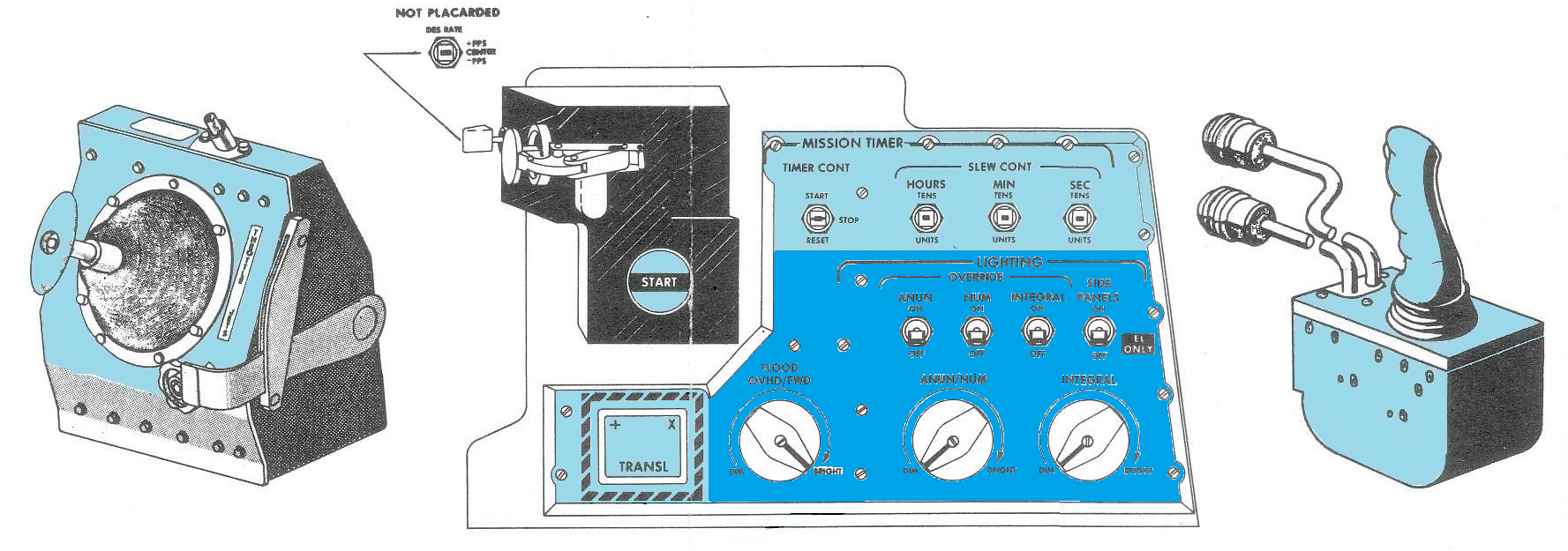(This is an excerpt from an upcoming book on the Borman Collection in the EAA Museum. This section, Frank Borman and the Collier Trophy, along with the rest of the book, is due to come out this Spring. Paying Patreon subscribers get a FREE copy when it comes out this Spring as a thank you for support. Join to read this section plus get access to Interactive Virtual Reality Spacecraft Tours at Spacecraft Interactive Virtual Museum | creating Interactive Virtual Museum Exhibits | Patreon )
Why the Collier Trophy
Frank Borman, a former astronaut and aerospace executive, was awarded the Robert J. Collier Trophy by the National Aeronautic Association (NAA) for his significant achievements in the field of aviation and space exploration. Borman’s receipt of the Collier Trophy was primarily attributed to his role as the commander of the historic Apollo 8 mission. Apollo 8 was the first manned spacecraft to orbit the Moon.
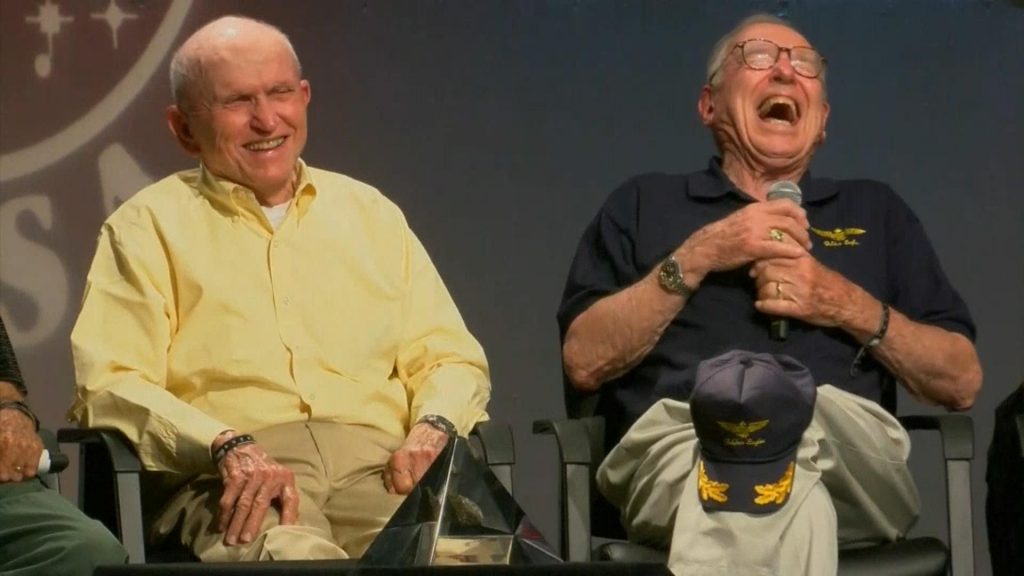
The key reasons why Frank Borman and the Apollo 8 Crew was awarded the Robert J. Collier Trophy were:
The key reasons why Frank Borman and the Apollo 8 Crew was awarded the Robert J. Collier Trophy
The Apollo 8 Mission: Borman’s leadership as the commander of Apollo 8 played a pivotal role in the success of the mission. Apollo 8 was the first crewed spacecraft to leave Earth’s orbit, travel to the Moon, and orbit it. This historic mission laid the groundwork for subsequent lunar landings and represented a significant milestone in space exploration.
(Join to receive your free copy of this e-book. Plus get access to Interactive Virtual Reality Spacecraft Tours at Spacecraft Interactive Virtual Museum. Creating Interactive Virtual Museum Exhibits | Patreon )

History of the Robert J. Collier Trophy
The Robert J. Collier Trophy is an aviation award in the United States, administered by the National Aeronautic Association (NAA). It is considered one of the most prestigious awards in aviation and is awarded annually for the greatest achievement in aeronautics or astronautics in America.
Frank Borman received the Robert J. Collier Trophy for his role as the commander of the Apollo 8 mission. It marked a historic achievement in space exploration by becoming the first crewed spacecraft to orbit the Moon. His leadership, along with the accomplishments of the mission, significantly advanced the field of aviation and space exploration, making him a deserving recipient of the prestigious award.
